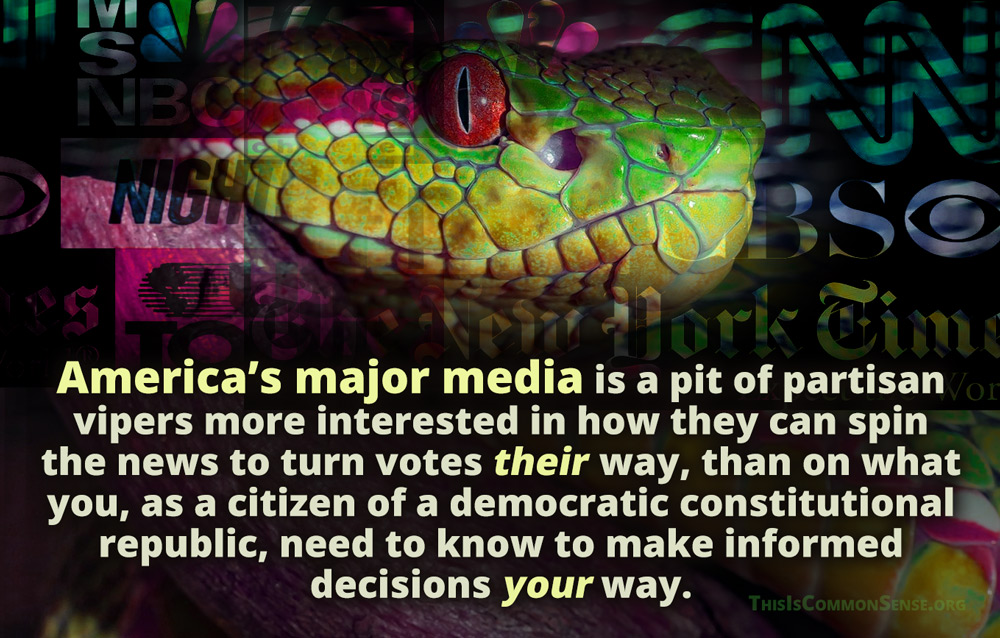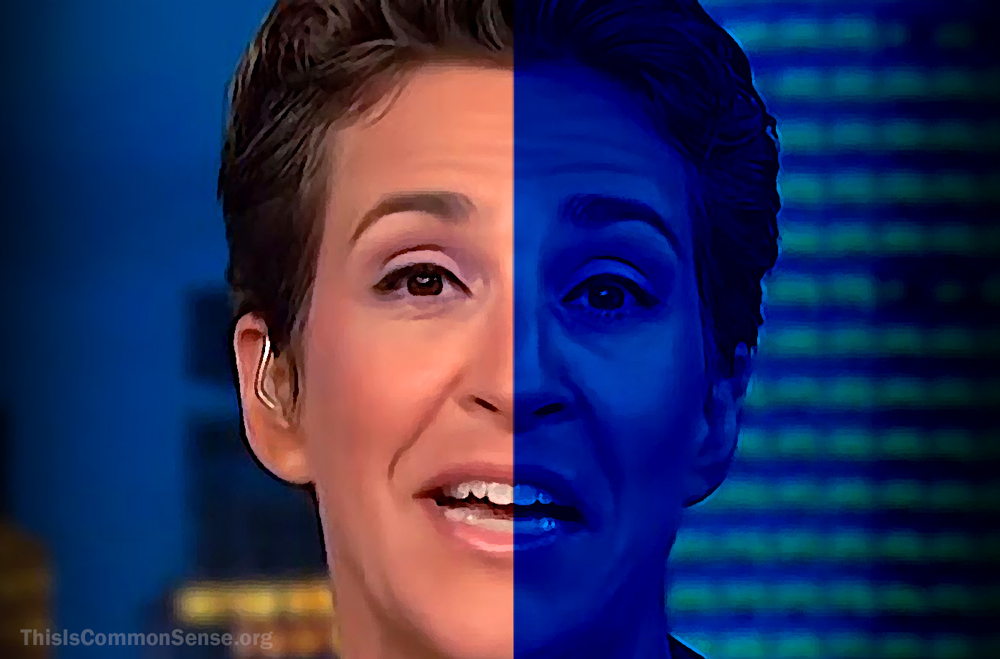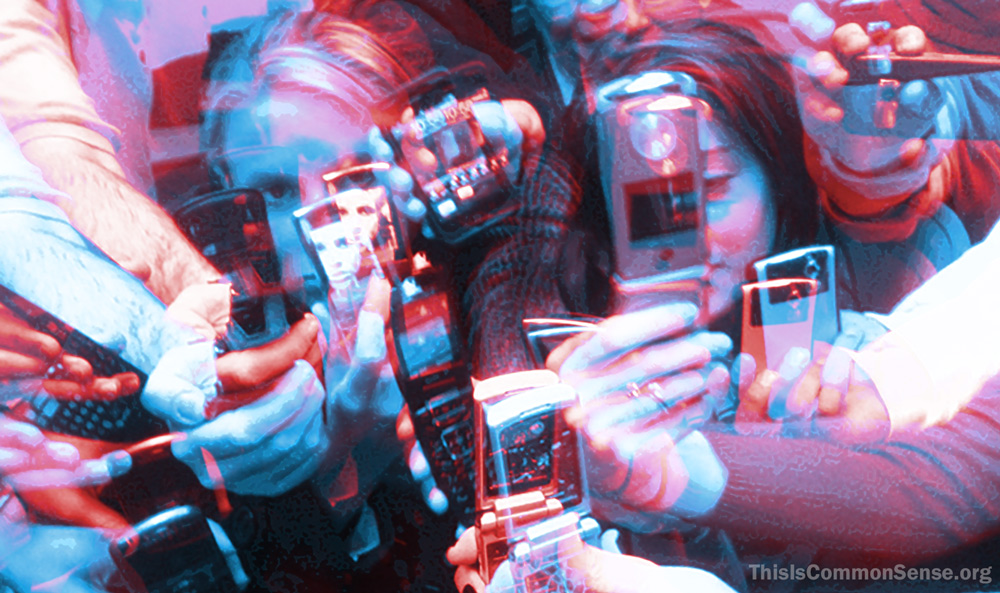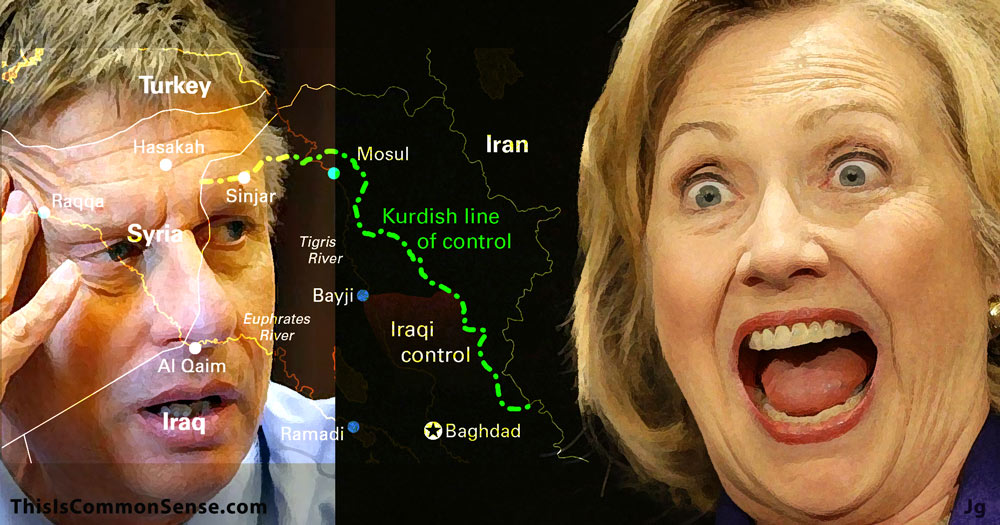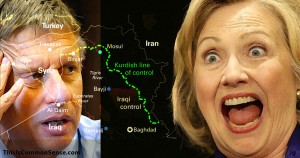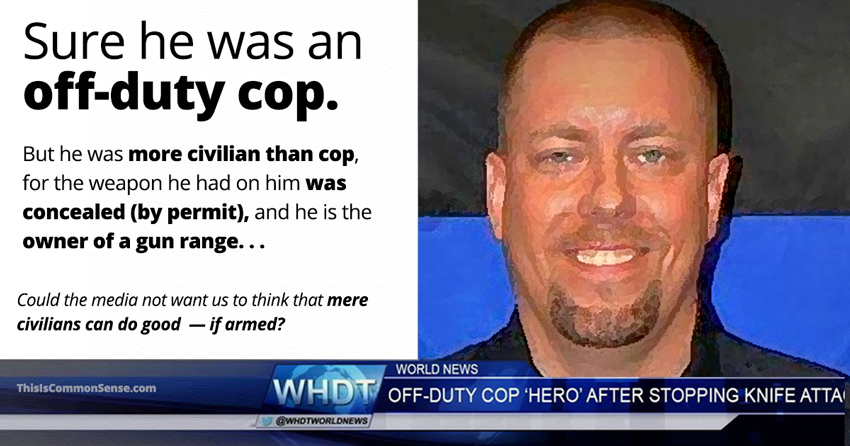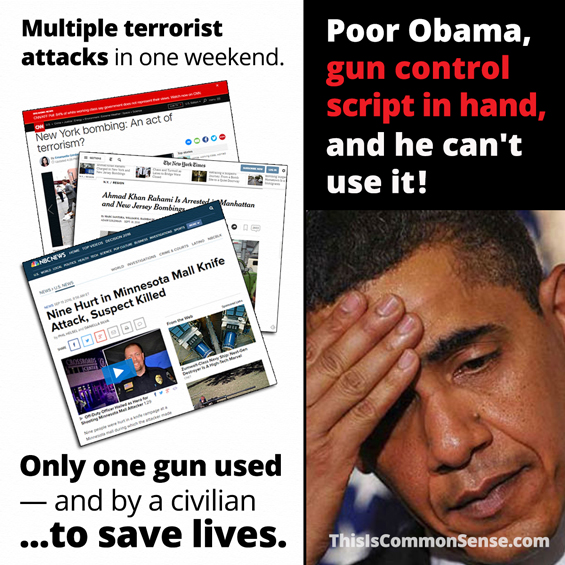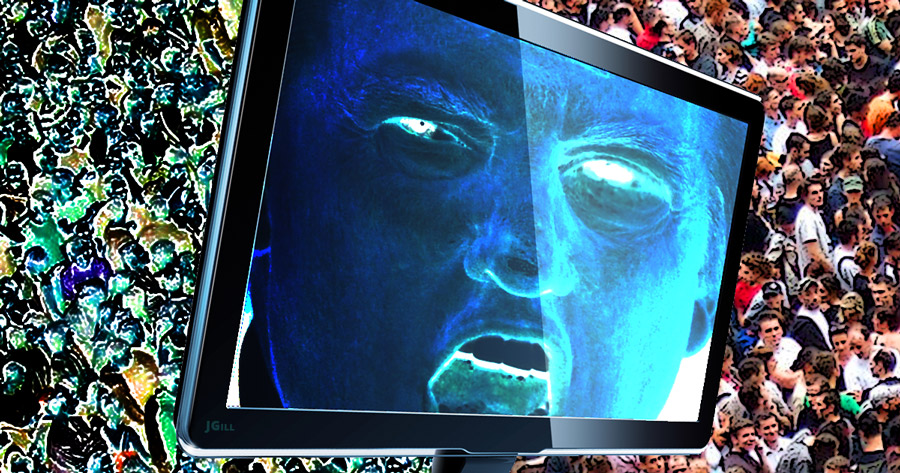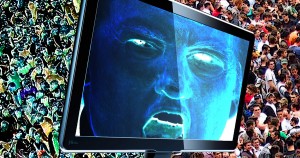“While everyone in America gets to cast a ballot on Election Day,” Washington Post columnist Perry Bacon, Jr., explains, “in reality rich people, corporations, foundations, politicians and other elite individuals and organizations have outsize power.”
Ah, the Washington perspective . . . but don’t worry, Bacon adds, “The media that those people consume is telling them clearly that the current Republican Party is a threat to the nation’s future.”
Notice he does not use the term “informing” or “educating.”
America’s major media is a pit of partisan vipers more interested in how they can spin the news to turn votes their way, than on what you, as a citizen of a democratic constitutional republic, need to know to make informed decisions your way.
Mr. Bacon remains convinced, however, that the press “still doesn’t go far enough.”
He decries that “GOP radicalization and democracy erosion isn’t being covered extensively or aggressively by a big, important chunk of the media — the morning and nightly news shows of the big broadcast channels (NBC, CBS, ABC) . . .”
Can’t be serious, can he?
The columnist, like so much of the national press corps, believes in “an emboldened media.”
In fact, he is mightily disappointed that more news coverage “doesn’t implicate the GOP.” Bacon justifies the thumb on the scale because “in most cases,” he asserts, “the GOP’s behavior is far worse than the Democrats’.”
I think we’re supposed to take his word for that . . . or maybe already suspect as much — if well-lectured in the right universities.
Bacon’s column is headlined, “The rise of pro-democracy media.”
Close in letters, but what he and other “journalists” are calling for is Pro-Democrat Media.
This is Common Sense. I’m Paul Jacob.
—
See all recent commentary
(simplified and organized)
